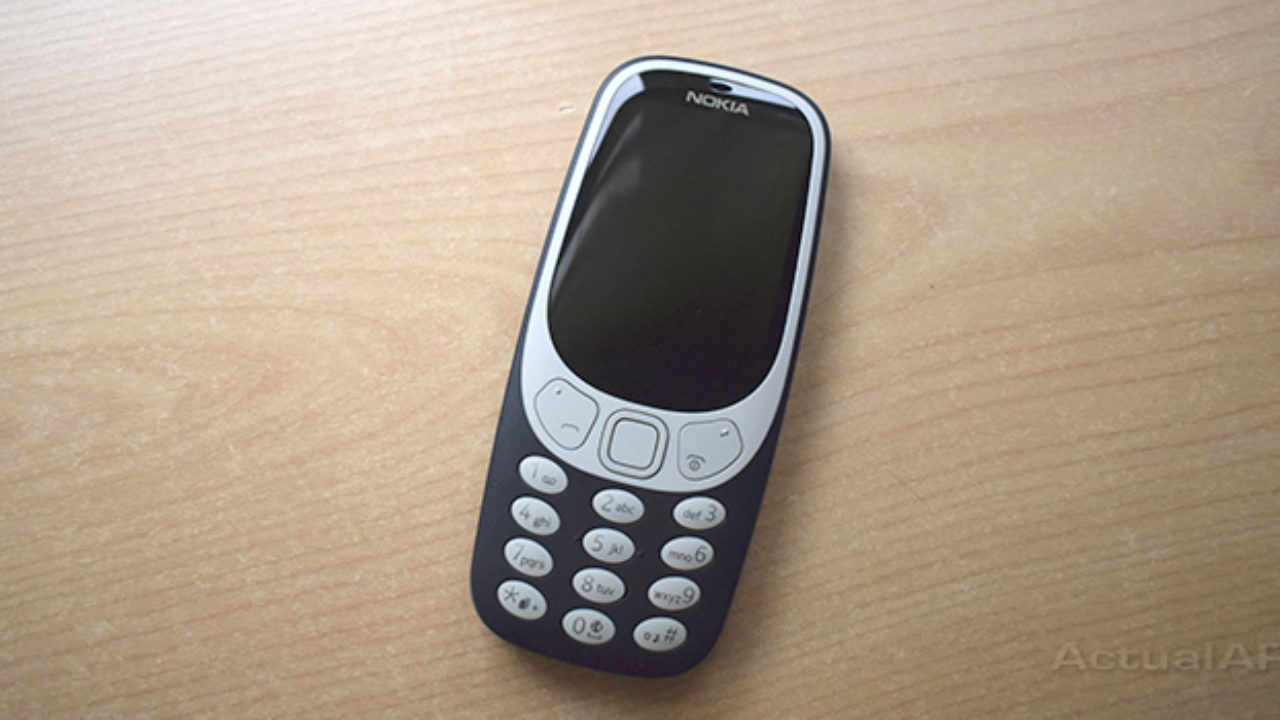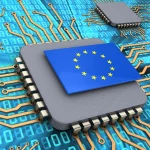Returning to Basic Phones: The Rise of Dumbphones in the Smartphone Era
Remembering the Beginning: The Evolution of Mobile Phones
One almost recalls it as if it were yesterday: the first Nokias, the Alcatels, the Ericssons… Those mobile phones, initially from Moviline, with analog technology, barely made calls, and later with Movistar, sent messages. Then, over the years, experts taught us that the smart ones were the true mobile phones: the arrival of the iPhone and the reign of BlackBerries turned the early mobile phones, which had no grand ambitions, into dust; they simply served to communicate, and they did so very well.
The Rise of Smartphones and Hyperconnectivity
Smartphones created a previously non-existent need that was discovered: the need for hyperconnectivity. First came email, then instant messaging, and finally, social networks. The need to be constantly connected turned the mobile phone into a master, and its owner into a slave. This alteration in hierarchy has not come without cost: experts now speak of a “mental health epidemic” that is sacrificing an entire generation of adolescents and pre-adolescents, unprepared for the immediacy of social networks. The phenomenon has a name: nomophobia, or in other words, when the mobile phone becomes a drug, a source of pleasure. But this hyperconnectivity has provoked a reaction: a growing number of users are returning to “dumbphones.” In the United States, a counterculture is emerging that renounces this overdose of connection and advocates a return to simplicity, to the origins of the telephone, a device that was used for nothing more than talking.
Personal Testimonies: Embracing Dumbphones
“I needed time for myself,” explains writer Jesús Terrés after publicly announcing his intention to undergo a smartphone detox and return to a simple mobile phone, in his case, from the Swiss manufacturer Punkt. Terrés has not taken a leap into the void but uses the smartphone as his main device, yet he does use the dumbphone (basic phone) on weekends and during the time he spends with his family. In this transition, he misses Google Maps, but he has no problem sacrificing the slavery of social networks, which he describes as “ordering that third drink at the cocktail bar: at that moment it seemed like a good idea, but it rarely is.”
But this path to disconnection is for the brave. Sergio Barranco is a music teacher at the conservatory in San Sebastián who resisted the pressure for many years, clinging to his basic mobile phone. It was a Numantine resistance that finally collapsed. “My surroundings were happy about my change,” he explains, “now they didn’t have to communicate with me specifically via SMS or call; it was much more convenient for them.” This musician has capitulated but has left many feathers in the battle and looks back nostalgically at his old brick: “Once you get into the WhatsApp world, it’s not easy,” he says resignedly, “on the other hand, from a social point of view, you talked more with people.”
Market Trends: The Resurgence of Basic Phones
Nokia, owned by HMD, warns that basic phones do not have a closed customer profile: “We are seeing that basic phones resonate with multiple demographics and generations,” explains Lars Silberbauer, marketing director of the company. This executive refers to a “digital exhaustion” among young people, who “are taking a step back” in the mobile phone market and looking favorably upon basic phones.
Manufacturers are very reluctant to offer specific sales figures, but Swiss company Punkt confirms an increase in sales, especially among the younger audience: “there has been an increase in sales of over 30% in 2022 compared to the previous year,” explains Adam Thomas, press officer, “and we expect this growth to increase even more with the launch of a touchscreen model later this year.” Similarly, HMD (manufacturer of Nokia) confirms that “sales have doubled” in 2022 compared to the previous year, and they expect this growth to be sustained in 2023, as explained to this media outlet by Hayley Dodd, communication director of the company.
Counterpoint Research confirms these golden times for “dumbphones,” stating that in the United States alone, 2.8 million units are expected to be sold in 2023. The consulting firm also points out that this resurgence in sales is due to both millennials and the so-called ‘Generation Z’ increasingly pursuing ‘digital detox.’
Lifestyle and Practical Advantages of Dumbphones
An undeniable aspect of these phones is their robustness and reliability. Who doesn’t remember the dramatic falls of the early Nokias? Those phones would fly through the air, but when you put them back together, not a scratch. A video with over a million views attempts to destroy an old Nokia 3310 by subjecting it to all kinds of torture, and it comes out practically unscathed. Current smartphones, on the other hand, show their vulnerability with each fall: cracked screens, scratched chassis… And these are not cheap repairs.
The other great advantage of these phones is that, as they do not have color touch screens and very basic processors, their batteries last much longer. The nightmare of charging your phone every night is a thing of the past for those who have decided to switch to basic phones: one charge can last a whole week, depending on usage. Additionally, these devices are less susceptible to cyber attacks, a non-negligible feature for those concerned about their privacy. And finally, the economic aspect. A phone of these characteristics can cost just over 20 euros, and voice plans are around 2 euros per month.
Psychological Impact and the Appeal of Dumbphones
“Social networks seek to keep us on them for a long time through tactics like infinite scrolling and short videos that encourage us to think ‘come on, just one more’,” warns psychologist Joan Salvador Villalonga, “they deprive us of healthy leisure moments, generating intolerance to boredom.” This is causing an unsustainable tension for more and more people, according to this expert: “we pressure ourselves to please others with posts that end up having a lifespan of just a few hours, and all these circumstances lead many people to choose to abandon these social networks and reclaim the feeling of freedom,” he argues. In short, the dumbphone movement diminishes the importance of the virtual world and returns it to the real world.
Conclusion: Navigating the Digital Landscape
In conclusion, the resurgence of dumbphones in the era of smartphones reflects a growing awareness of the psychological and practical drawbacks of hyperconnectivity. While smartphones have undeniably revolutionized communication and access to information, they have also brought about new challenges such as digital addiction, privacy concerns, and social pressures. The return to basic phones represents a deliberate choice to reclaim control over one’s digital life, prioritize mental well-being, and reconnect with the simplicity of communication.
As society continues to grapple with the implications of constant connectivity, the resurgence of dumbphones offers a compelling alternative for those seeking balance in an increasingly digital world. Whether as a temporary detox or a permanent lifestyle choice, the appeal of basic phones lies in their simplicity, reliability, and ability to foster genuine human connection. In an age where technology permeates every aspect of our lives, the humble dumbphone reminds us that sometimes, less is more.









